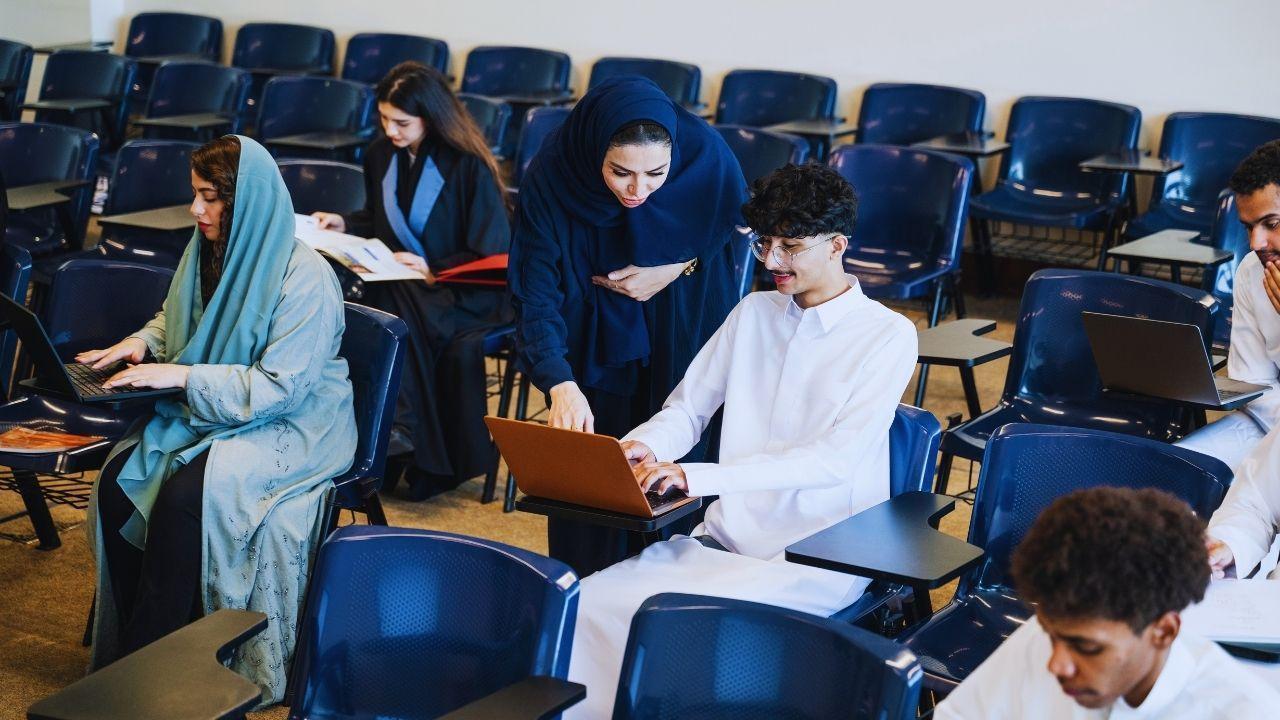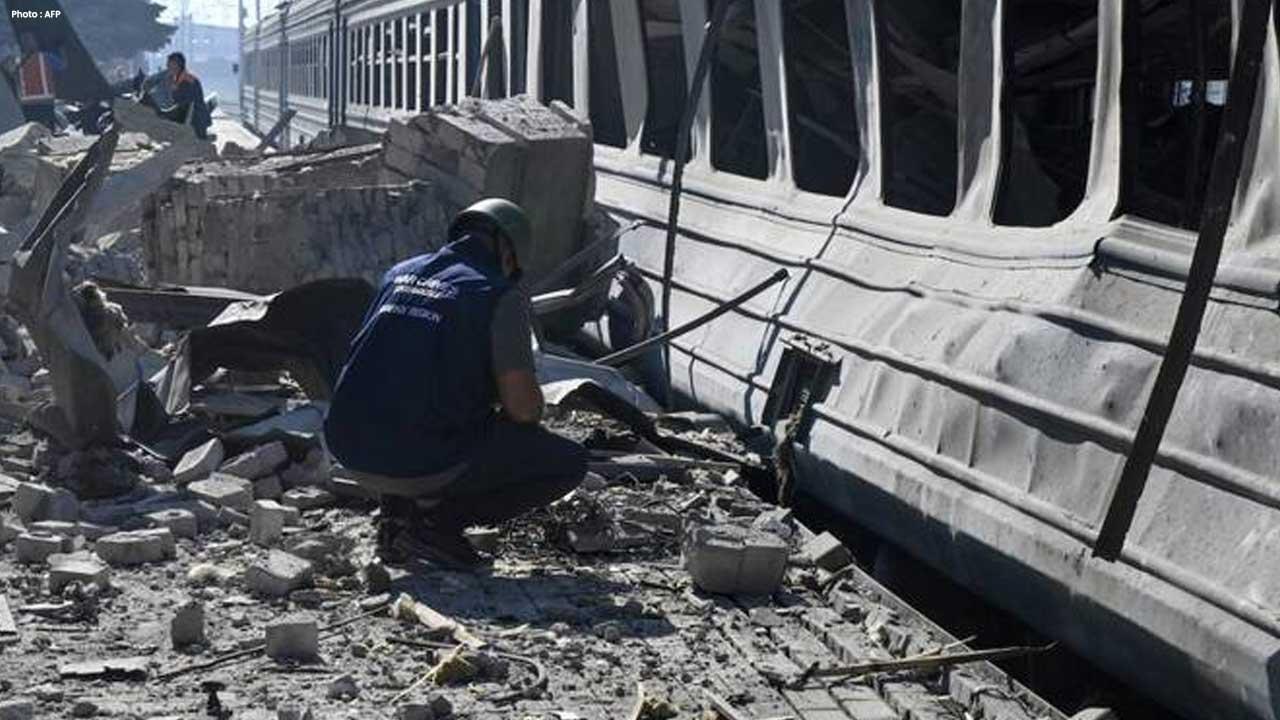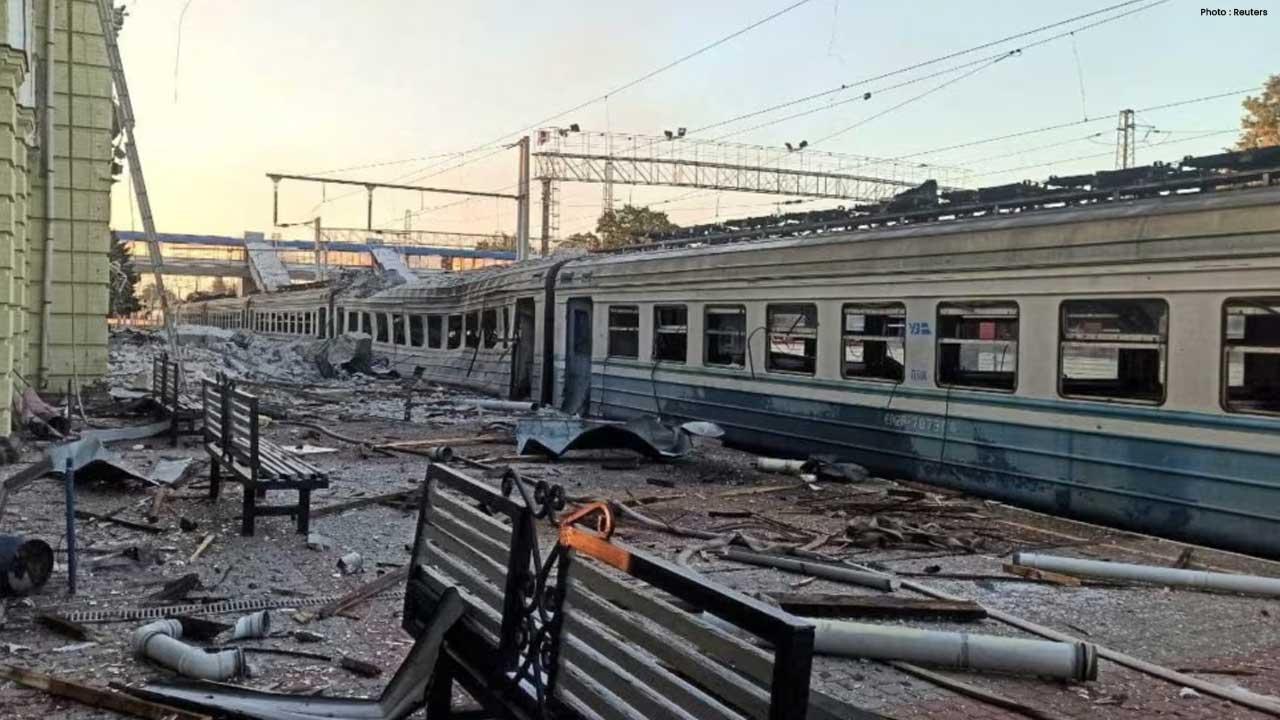
Join 10k+ people to get notified about new posts, news and tips.
Do not worry we don't spam!

Post by : Anish
Education in Afghanistan has always been a subject of intense debate and global concern. In 2025, the country finds itself once again at a crossroads. Political instability, social restrictions, and economic hurdles continue to test the resilience of its education system. Yet, beneath these challenges, there are remarkable stories of endurance, innovation, and determination that show education in Afghanistan is not collapsing—it is transforming. Communities, NGOs, teachers, and even students are pushing against barriers to keep the doors of knowledge open. This interplay of struggle and hope defines Afghanistan’s education landscape today.
Afghanistan’s education system has endured decades of turmoil. From years of conflict to shifting governance, the foundation of learning has been repeatedly shaken. Historically, literacy rates remained among the lowest in the world, particularly for women and girls. After the early 2000s, a surge in international aid and reform programs dramatically improved school enrollment, giving millions of Afghan children access to formal education.
However, political changes in recent years reversed much of that progress. The return of restrictive policies has particularly impacted female education, raising concerns globally. Despite these setbacks, the cultural value placed on knowledge and the persistence of local communities have kept the idea of education alive, though in altered forms.
In 2025, Afghanistan’s education system is navigating multiple obstacles simultaneously:
Gender Restrictions: Girls’ secondary and higher education continues to face strict bans in several regions, closing off opportunities for nearly half of the country’s youth.
Economic Crisis: Poverty forces families to prioritize survival over schooling, leading to higher dropout rates.
Teacher Shortages: Qualified educators are leaving the profession due to lack of salaries and security concerns, creating a vacuum in the learning environment.
Infrastructure Gaps: Rural areas remain underserved, with many schools lacking proper facilities, resources, or even safe buildings.
These issues make education less accessible and weaken the system’s ability to serve Afghan society effectively.
One of the most striking developments in Afghanistan’s education sector is the increasing reliance on community-driven schools and NGOs. These organizations have stepped in to fill the gaps left by the state. In rural areas, community schools often run out of mosques, private homes, or open spaces, teaching children basic literacy and numeracy.
NGOs, both local and international, continue to champion literacy programs, vocational training, and informal learning initiatives. Despite restrictions, some organizations cleverly adapt their models—for example, offering home-based learning for girls or integrating vocational education to meet economic needs. These grassroots efforts highlight the determination of Afghan communities to protect education as a basic right.
While Afghanistan lags behind in digital infrastructure, the rise of technology has opened new doors. Informal learning through mobile devices, radio programs, and online platforms has gained momentum in urban areas. Afghan youth with access to smartphones use educational apps, YouTube tutorials, and online courses to supplement their learning.
Radio and television-based education programs remain particularly effective in rural settings, where digital access is scarce. These tools not only bridge the gap caused by physical school closures but also provide flexible alternatives for learners unable to attend formal classes due to social or political barriers.
The issue of girls’ education remains the most pressing concern in 2025. With bans still in place in many regions, international organizations and rights advocates warn of a “lost generation” of Afghan women deprived of opportunities. Yet, girls and their families continue to resist quietly. Some communities arrange secret schools where girls are taught discreetly. Others encourage home-based studies with the help of family members or private tutors.
Even in adversity, Afghan girls demonstrate extraordinary resilience, often pursuing learning in unconventional ways. The determination of these young women underscores the country’s long-term potential, provided that restrictions ease and support continues.
As formal schooling faces setbacks, vocational education has gained new significance. Short-term skill-based training programs—such as tailoring, carpentry, IT basics, and language learning—equip Afghan youth with employable skills. While these programs cannot replace a full curriculum, they offer immediate relief by enhancing income opportunities and reducing the dependency on unstable economic conditions.
Alternative education also supports displaced populations and children living in conflict-affected zones. By focusing on flexible, practical, and need-driven models, vocational education is keeping hope alive for thousands of Afghan families.
Afghanistan’s education sector does not exist in isolation. Neighboring countries and international organizations still exert influence, whether through cross-border collaborations, funding, or advocacy. Initiatives from regional partners like Pakistan, Iran, and Central Asian states have provided scholarships and safe havens for Afghan students, especially women.
At the same time, global pressure continues to mount on Afghan authorities to reconsider bans on girls’ education. While political realities slow progress, the persistent voice of the international community keeps the issue at the forefront.
Looking ahead, the future of Afghan education will depend on multiple factors:
Policy Shifts: Any changes in government stance toward inclusivity, particularly for women, will shape outcomes.
Community Resilience: Local initiatives are likely to remain a lifeline for education access.
Digital Expansion: Improved internet and mobile access can transform the scope of informal education.
Global Partnerships: Sustained advocacy and aid from international actors will be essential in keeping the education sector afloat.
Although uncertainty dominates, Afghanistan’s long tradition of valuing knowledge ensures that education will continue to survive, even under the harshest conditions.
Education in Afghanistan 2025 is not a straightforward success story—it is a tale of resilience, struggle, and adaptation. Despite political restrictions, economic hardship, and infrastructural challenges, the pursuit of knowledge remains deeply ingrained in Afghan society. Families continue to seek ways, however unconventional, to educate their children. Communities innovate, NGOs adapt, and students themselves fight to keep their dreams alive.
In the end, education remains Afghanistan’s most powerful tool for rebuilding, reforming, and reconnecting with the world. As the country navigates through uncertainty, its education system—though fractured—still symbolizes the hope of a brighter tomorrow.
This article is intended for informational and analytical purposes only. It reflects the current educational landscape in Afghanistan as of 2025, based on available insights, and should not be interpreted as official policy guidance or political commentary.










JioHotstar Launches ‘Pitch To Get Rich’ Reality Show for Fashion Startups
JioHotstar’s new show ‘Pitch To Get Rich’ features 14 fashion startups competing for Rs 40 crore fun

Kantara Chapter 1 Box Office Day 1 Rishab Shetty Film Hits ₹60 Cr
Rishab Shetty’s Kantara Chapter 1 collects ₹60 crore on Day 1, breaking records across India with hu

FIA Declares Heat Hazard for Singapore F1 Race Due to Extreme Heat
FIA applies heat hazard rule for Singapore Grand Prix as high heat and humidity challenge F1 drivers

Trapeze Artist Dies After Fall at German Circus Show
A 27-year-old trapeze artist died in Germany after falling during a circus show. The tragic accident

Dhanashree Verma Reveals Yuzvendra Chahal Cheated Early in Marriage
Dhanashree Verma opens up on her divorce from Yuzvendra Chahal, revealing he cheated within months o

Aishwarya Rai with Aaradhya Spotted in Paris Ahead of Fashion Show
Aishwarya Rai Bachchan and daughter Aaradhya spotted in Paris ahead of L'Oréal Paris Fashion Week, d